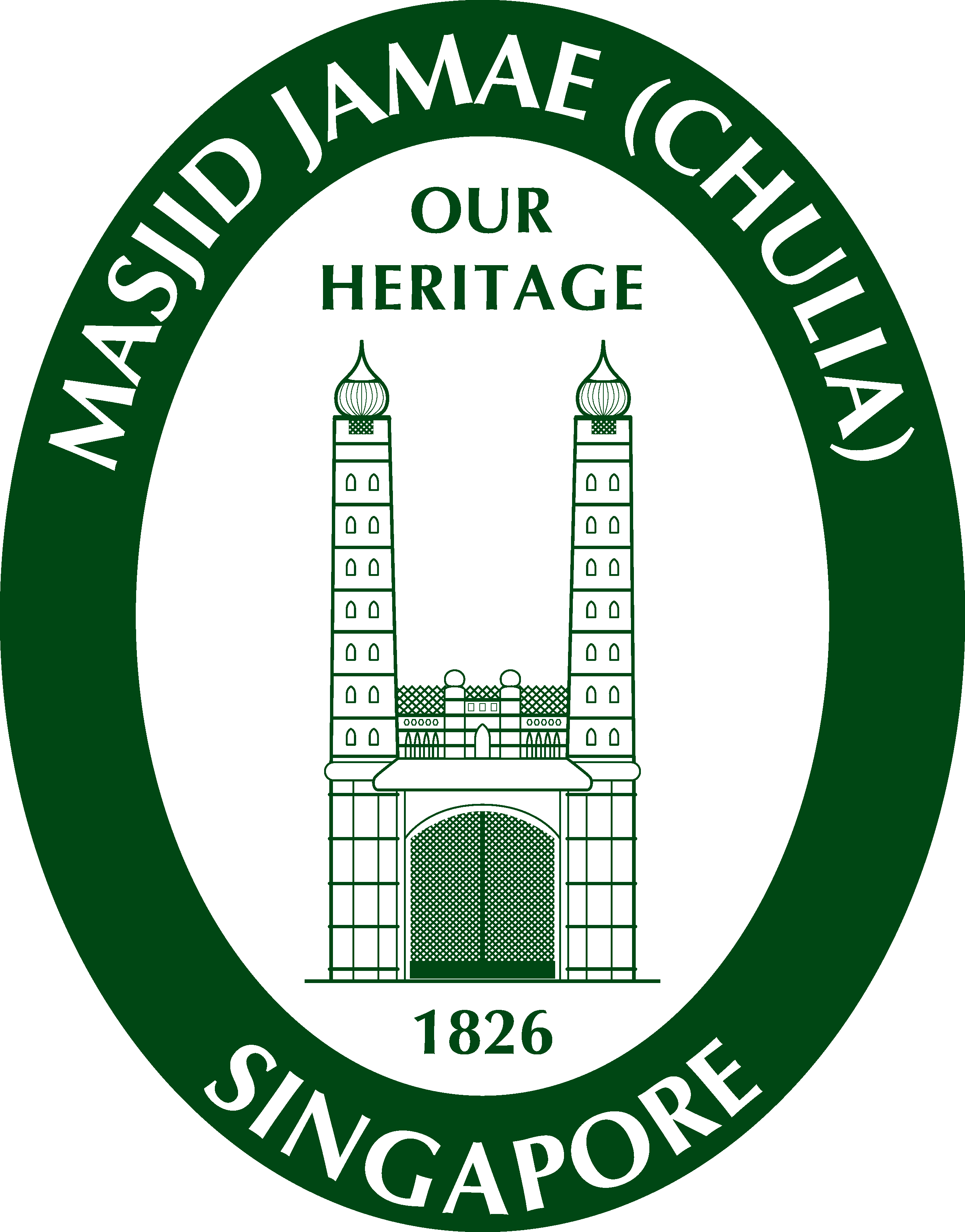History of this Mosque
The name of this Mosque is Masjid Jamae (Chulia).
As early as 1826, Jamae Mosque has already existed, a testimony to the large number of Tamil Muslims in Chinatown. The present brick and plaster building was completed between 1830 and 1835. It is not a coincidence that the street on which it is located is named ‘Mosque Street’ and this mosque is always referred to as ‘Periya Palli’, which means ‘Big Mosque’ in Tamil.
Within a short period of time, three Islamic heritage buildings were built in the heart of Chinatown; Jamae (Chulia) Mosque, Al-Abrar Mosque and Nagore Darga (located in Telok Ayer Street).
Jamae (Chulia) Mosque became a ‘Waqaf’ mosque in 1917. A Waqaf mosque is one that was constructed by individuals or by committees on land donated by them and placed in trust for the Muslim community, and cannot be used for any other purposes.
In 1968, this Mosque was put under the charge of MUIS (Majlis Ugama Islam Singapura), the Islamic Religious Council of Singapore.
Currently, Jamae Mosque excels as an ‘educational’ Mosque. In addition to facilitating religious activities, prayers and sermons, it organizes seminars and discussions on religious/ social thoughts and beliefs for both Muslims and Non-Muslims.
The Mosque’s architectural style is eclectic. While the entrance gate is distinctively South Indian, the two prayer halls are Neo-Classical style, typical of George Drumgoole Coleman. This unique appearance has made the mosque a well photographed landmark, seen in postcards from the 19th century to the present day.
This Mosque was gazetted as a national monument on 19 November 1974, and is believed to be the oldest of the five mosques gazetted as national monuments in Singapore; Jamae Chulia mosque, Al-Abrar mosque, Sultan mosque, Abdul Gafoor Mosque and Hajjah Fathimah Mosque.
(source: In Granite and Chunam, The National Monuments of Singapore by Gretchen Liu, Preservation of Monument Board)